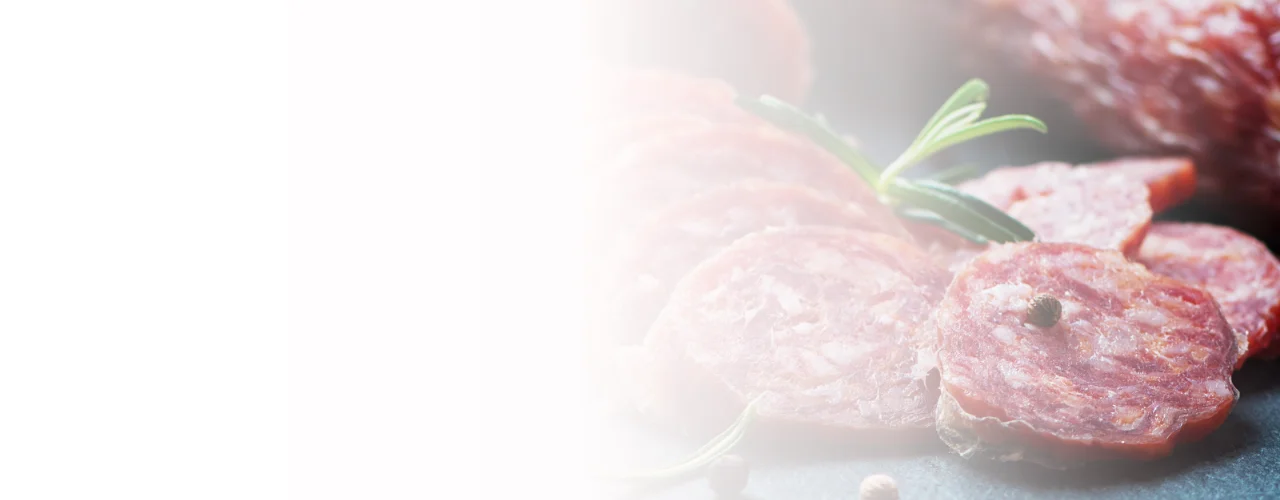Hard cheese | Mountain cheese
Semi-hard cheese











webdeals is a shop cloud. The network of modern, specialized webshops with a thematic focus. WEBDEALS » this is where you get discovered!
The cuckoo flower is a perennial perennial. It grows up to approx. 80 cm high. The leaves are narrow-ovate to spatulate and opposite. Below the leaves the stems are usually a little sticky.
The pink-purple flowers are arranged in loose panicles. The five petals are up to 25 mm long and are divided into four slightly different sized and narrow tips. The base is pale and nail-like in a tube up to 10mm long made of intergrown sepals.
The pollination is done by butterflies and long-necked bee relatives. These are able to take up the nectar at the base of the calyx tube. White foamy drops are often visible on the stalks. In these foam heaps called “cuckoo saliva” the larvae of foam cicadas hide, which suck protected by the foam at the stem.
Best cheeses due to selected alpine herbs and meadow herbs. We ♥ cheese!
The common cuckoo flower is a typical species on humid to almost wet soils and occurs mainly in moderately nutrient-rich to nutrient-rich wet meadows such as marsh marigolds meadows, moor grass meadows or wet smooth oats meadows.
In the past, folk medicine attributed minor effects to the cuckoo carnation, but today it is rarely used as a medicinal plant.
Back to the Hay Milk WikiMild semi-hard cheese
Spicy semi-hard cheese
We use cookies to give you the best online experience. By agreeing, you accept the use of cookies in accordance with our cookie policy. Further surfing in the web shop automatically leads to approval.

When you visit any web site, it may store or retrieve information on your browser, mostly in the form of cookies. Control your personal Cookie Services here.